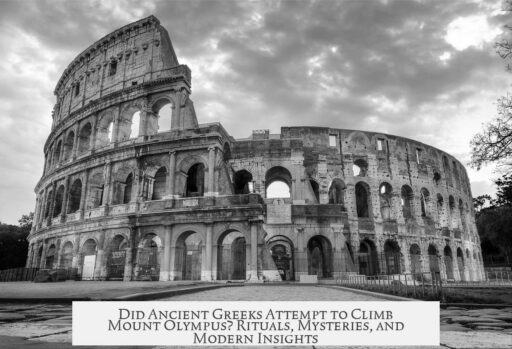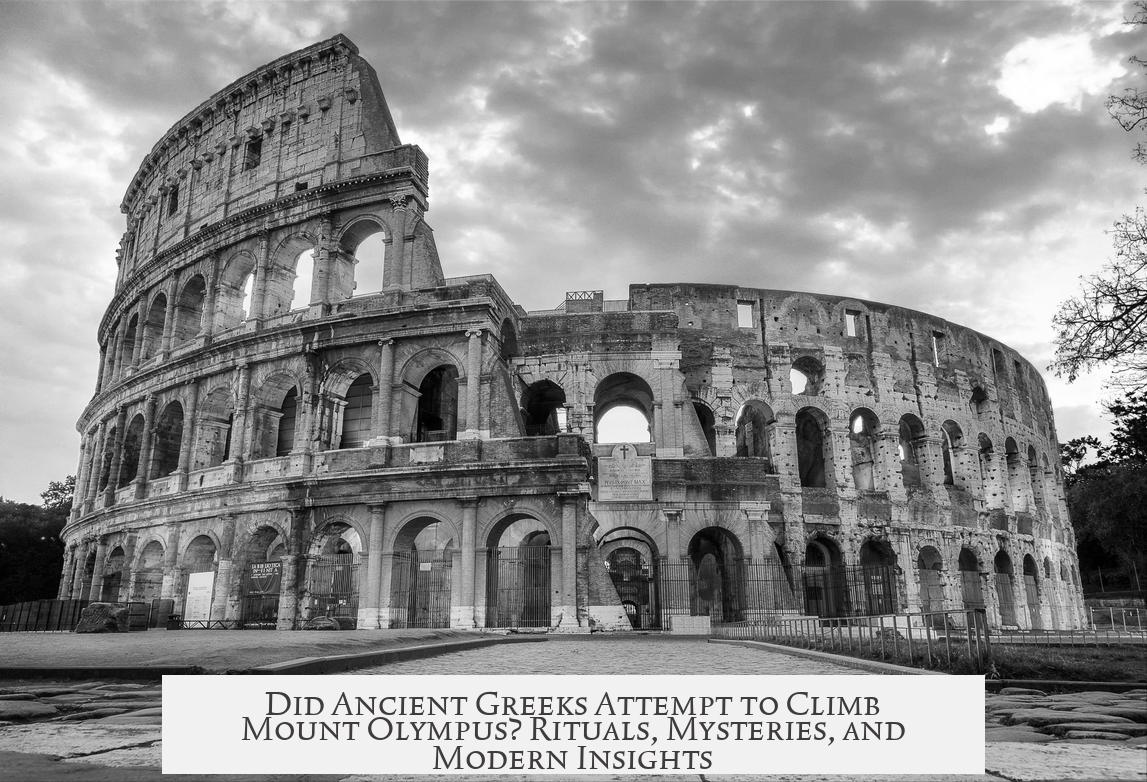People in Ancient Greece did climb Mount Olympus, but mainly its sub-peaks rather than the highest summit. The mountain held great religious significance as the mythical home of the Greek gods. While the Greeks believed their gods lived on Olympus, regular ascents focused on a nearby peak called Hagios Antonios.

Hagios Antonios lies close to Mytikas, the tallest point of Olympus, but is slightly lower in elevation. From the third century BCE to the fifth century CE, ancient Greeks made offerings at an altar dedicated to Zeus located there. This practice shows ritual climbing activity was established and common.
However, historians and scholars remain uncertain if the Greeks ever reached the exact summit of Mytikas. There is no clear evidence that the highest point was ascended at that time. Possible challenges include the mountain’s rugged terrain and the belief that the summit was too sacred or dangerous to climb.
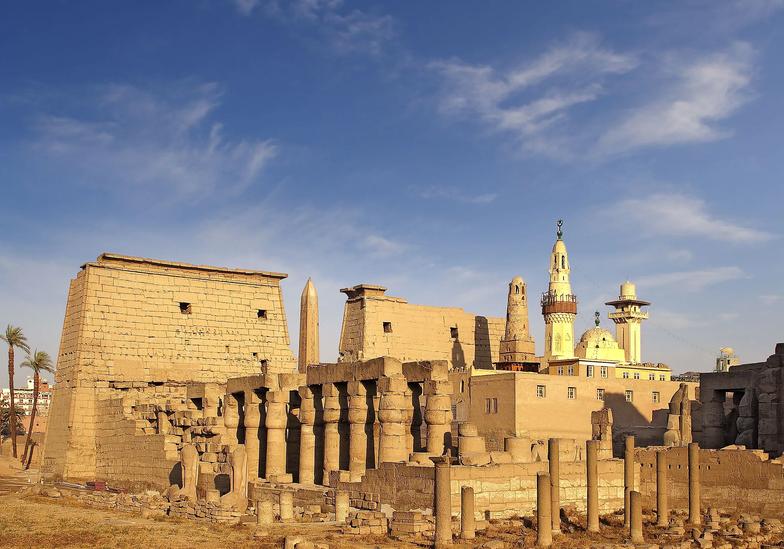
The regular climbing of sub-peaks like Hagios Antonios speaks to the blend of religious reverence and human endeavor. Ancient Greeks sought proximity to their gods through these ascents without necessarily scaling the entire mountain.
To summarize the key points:

- Ancient Greeks routinely climbed the sub-peak Hagios Antonios on Mount Olympus.
- They placed offerings at an altar to Zeus on this peak from the 3rd century BCE to the 5th century CE.
- The highest summit, Mytikas, may not have been reached by ancient climbers; no concrete evidence confirms this.
- The ascent practices reflect religious and cultural behaviors tied to Olympus as a sacred place.
Did People in Ancient Greece Ever Try to Climb Mount Olympus?
Yes, the ancient Greeks did climb Mount Olympus—at least parts of it. But the story isn’t as simple as mountaineering with sandals and togas. It’s wrapped in myth, ritual, and a delightful blend of reality and imagination. So, did those sun-kissed philosophers and heroes lace up and scramble to the top? Let’s take a journey into one of the most iconic peaks of ancient lore.
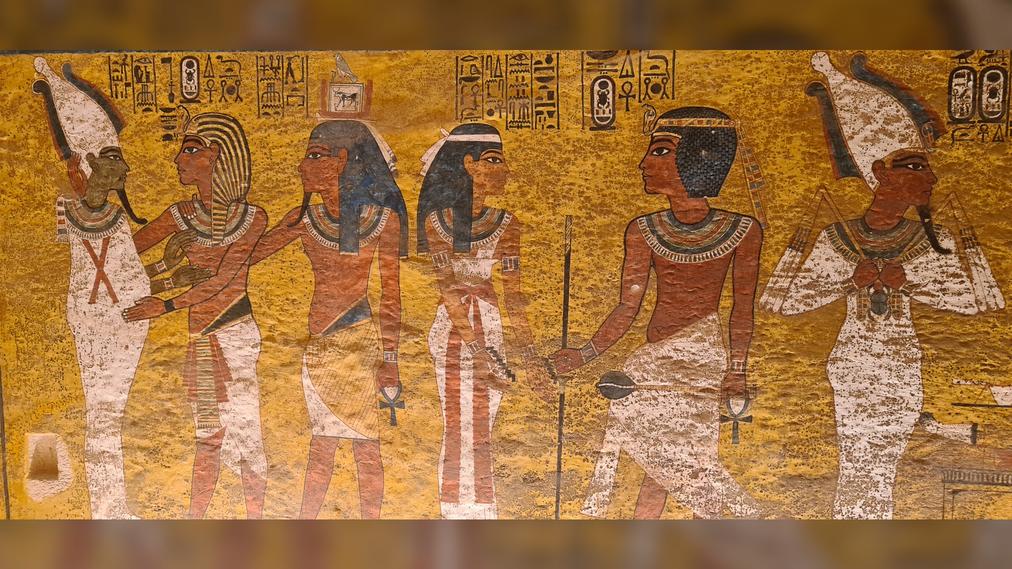
First, a crucial distinction: the Greeks often climbed a sub-peak of Olympus, not the highest summit known today as Mytikas.
Climbing to a Sub-Peak: Routine Rituals and Offerings
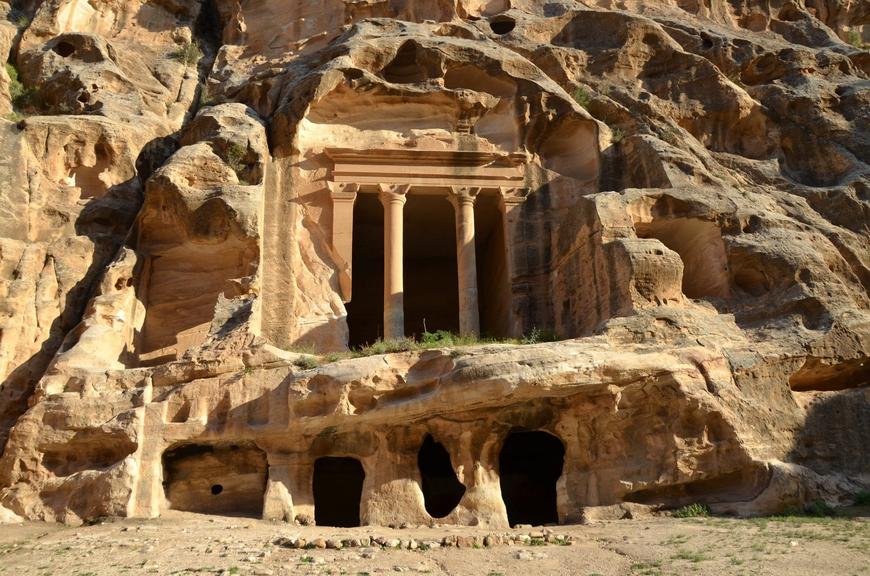
From the third century BCE to the fifth century CE, the Greeks routinely scaled a sub-peak called Hagios Antonios. This peak is only a stone’s throw and slightly below Mytikas. Why? Because an altar of Zeus awaited devoted worshippers there. People brought offerings, hoping for divine favor or to honor the king of gods himself.
This was not a casual stroll. Ascending Hagios Antonios was part spiritual pilgrimage, part mountain adventure. Climbing this sub-peak gave the faithful a tangible connection to Olympus, the fabled home of the gods. But what about Mytikas, the highest and most imposing summit?

The Mysterious Status of the Highest Summit, Mytikas
Here’s where things get uncertain. Records don’t confirm if ancient Greeks ever scrambled to the very top of Mytikas. The summit was no small climb—hovering around 2,917 meters (9,570 feet), it’s Greece’s zenith.
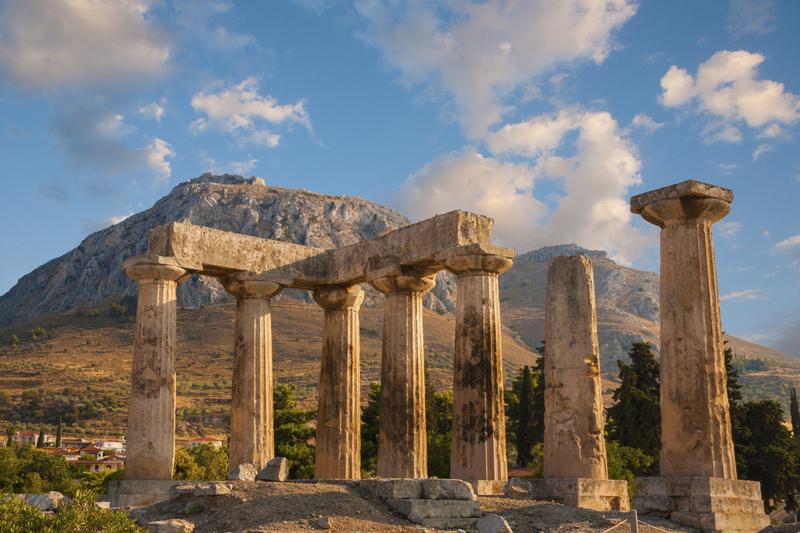
Did the ancients think it too divine, too sacred for mere mortals to tread on? Or was it just a dangerous, formidable peak that few dared to conquer technologically? We do know tales like that of Bellerophon, who dared to fly Pegasus toward Olympus but was denied the summit by Zeus himself. Perhaps this myth hints at an old taboo: the gods reserved the very peak for their celestial presence.
Mount Olympus: More Than Just a Mountain
In Greek culture, Olympus isn’t just rock and snow. It’s both a mountain and a metaphor. Homer paints a picture of Olympus as snowy and rugged, yet it also stands for the heavens—the lofty realm of the divine.
Think about that the next time you’re looking at a map. Olympus isn’t just a place but a symbol of the unreachable and majestic.
Interestingly, ancient texts like Lucian’s Icaromennipus from the 2nd century CE play with this idea. The protagonist, Mennipus, opts for a different approach to the gods—he doesn’t bother with Olympus at all. Instead, he takes off into the sky itself, suggesting the divine realm might be far beyond the earthly mountain.
The Post-Classical View: Olympus as a Place Apart
By the third century CE, writers like Solinus described Olympus as uniquely sacred. He notes an altar on the summit where offerings to Zeus defied the elements. Thanks to the stable, nearly untouched ashes that stayed there through the seasons, locals called the summit “heaven.”
Solinus paints a powerful image: offerings that the wind and rain do not erase; divine power that conquers time itself. This idea fed the imagination of Greeks long after the classical period. They believed that even if the gods weren’t physically residing on Olympus anymore, they weren’t far off either.
What Does All This Tell Us?
So, did the ancient Greeks climb Mount Olympus? They definitely climbed its lower peaks, making pilgrimages to altars and worshipping the gods. But they likely avoided the topmost summit, Mytikas, with its divine aura and sheer difficulty. The mountain’s ultimate peak remained a mystery, a sacred space where myths intervened.
Would you dare to climb a mountain where gods might still linger? Imagine standing where Zeus’s offerings once burned and knowing your ancestors walked the trail before you, connecting earth and sky in ritual and reverence.
Practical Tips for Modern Olympus Explorers
- Start with the easier sub-peaks, like the ancient Hagios Antonios path, if you want to follow in historic footsteps.
- Remember, the mythological aura makes climbing Olympus more than a physical feat—it’s a walk into the past.
- If you seek the summit Mytikas, prepare for a serious climb that challenges even skilled mountaineers.
- Visiting the ancient altar sites gives a glimpse of how ritual and landscape blended in Greek culture.
The Greeks crafted Olympus as a bridge—between humans and gods, earth and sky, reality and myth. Their climbs weren’t just for view; they were spiritual acts. The mountain was a living symbol, climbed carefully and respectfully.
So, next time you hear “Mount Olympus,” think beyond just the peak. See it as an ancient stage where humans touched the realm of the divine, whether by climbing its slopes or dreaming of the heavens beyond.
Did ancient Greeks climb Mount Olympus regularly?
Yes, ancient Greeks often climbed a sub-peak of Mount Olympus called Hagios Antonios. It was a common practice to reach this point for religious offerings.
Did Greeks believe their gods lived on Mount Olympus?
They did believe in gods residing on Olympus. This belief motivated some climbing activities, especially to areas considered sacred, like the altar of Zeus on Hagios Antonios.
Did ancient Greeks climb the highest summit, Mytikas?
It is unclear whether they reached Mytikas, the highest peak. No solid evidence confirms climbs beyond the sub-peak of Hagios Antonios.
What was the purpose of climbing Mount Olympus in ancient Greece?
Climbing was mostly for religious reasons. Offerings were made at the altar of Zeus on Hagios Antonios between the 3rd century BCE and 5th century CE.
